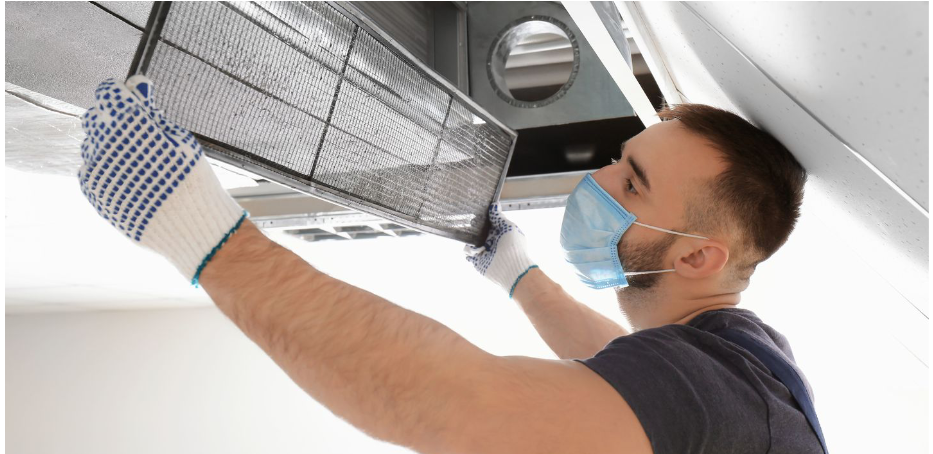Revamping your 1974 Ranchero’s interior can be as simple as replacing the door sill trim. This often overlooked component plays a crucial role in both the aesthetics and functionality of your vehicle. In this guide, we’ll explore why replacing the interior door sill trim is vital and how to do it effectively, ensuring your classic ride looks and feels just right.
The Vital Role of Interior Door Sill Trim
The interior door sill trim does more than just add to the visual appeal of your Ranchero. It protects the door frame, enhances structural integrity, and contributes significantly to the overall appearance of your vehicle. Over time, however, these trims can suffer from fading, peeling, and cracking, making replacement necessary.
Functional Role
The trim acts as a guard, shielding the door frame from wear and tear due to foot traffic. This protection is essential for maintaining the structural integrity of your vehicle. Without it, the door frames could easily suffer damage, leading to more costly repairs down the line.
Aesthetic Appeal
Beyond protection, the trim is a key player in your car’s interior design. A well-maintained door sill trim can make your Ranchero look polished and well-cared-for, potentially increasing its resale value. It’s an investment in both beauty and practicality.
Common Issues
Common problems with interior door sill trim include fading due to sunlight exposure, peeling from regular use, and cracking from temperature changes. These issues aren’t just cosmetic — they can lead to further deterioration if left unaddressed.
Choosing the Right Replacement Trim
When it comes to replacing your trim, you have various options to consider, from OEM to aftermarket products. Making the right choice involves understanding the pros and cons of each, along with material and color considerations.
OEM vs. Aftermarket
- OEM Trim: Original Equipment Manufacturer (OEM) trims are made by the same company that produced your vehicle. They are guaranteed to fit perfectly, but they can be more expensive.
- Aftermarket Trim: These are produced by third-party companies and can offer more variety in terms of style and material. However, they may not always fit as precisely as OEM parts.
Material Considerations
Choose from materials like vinyl, aluminum, or wood. Vinyl is economical and easy to install, aluminum offers durability, and wood provides a classic look. Each material has its own set of advantages and disadvantages, so consider what best suits your Ranchero and lifestyle.
Color and Finish
Select a color and finish that complements your car’s interior. Matching the existing interior can provide a seamless look, while contrasting colors could make a bold statement.
Necessary Tools and Materials
Before starting the replacement process, gather all the required tools and materials. Preparation is key to a smooth installation.
List of Tools
- Screwdrivers
- Pry tools
- Cleaning supplies
- Heat gun or adhesive remover
Materials
You’ll need replacement trim pieces, adhesive (if necessary), and any additional components specific to your Ranchero model.
Step-by-Step Replacement Guide
Replacing your door sill trim involves several steps, including preparation, removal of the old trim, installation of the new trim, and finishing touches.
Preparation
Begin by cleaning the area thoroughly to remove any dirt or debris. This ensures the new adhesive will bond properly, if needed. Gather all your tools, so you don’t have to pause mid-project to find something.
Removal of Old Trim
Carefully detach the old trim. Pay attention to any clips or fasteners, which might require extra care to avoid damaging the vehicle. If the trim is difficult to remove, a heat gun or adhesive remover can help soften the adhesive.
Installation of New Trim
Align the new trim pieces with the door frame. Ensure proper alignment before securing them with clips or adhesive. Double-check that everything is in place and adjust as necessary.
Finishing Touches
Clean up the area once the new trim is installed. Apply any finishing treatments to protect the new trim from future wear and tear.
Troubleshooting Common Issues
Even with careful preparation, you might encounter some challenges during installation. Here are solutions for common problems.
Difficulty Removing Trim
For stubborn clips or fasteners, gently apply heat to soften adhesives or use a specialized tool designed to remove automotive trim.
Alignment Problems
If the new trim isn’t aligning correctly, double-check the fit and adjust any misaligned clips or fasteners. Sometimes a slight adjustment is all it takes to ensure a perfect fit.
Adhesive Issues
If the adhesive isn’t sticking properly, clean the surface again and ensure it’s dry before reapplying. For removal difficulties, adhesive remover can help clean up any residue.
Additional Tips and Considerations
Maintaining your new trim is as important as choosing the right replacement. Consider these additional tips to keep your trim in top condition.
Maintenance and Care
Regular cleaning and occasional application of a UV protectant can help maintain the trim’s appearance and longevity. Avoid harsh chemicals that could degrade the material.
DIY vs. Professional Installation
While a DIY approach can save money, hiring a professional ensures precision and can be worth the investment if you’re not confident in your skills.
Cost Considerations
Consider the costs of both the materials and potential professional installation. While OEM parts tend to be pricier, they can offer the best fit, which might save money in the long run by avoiding potential misfits and adjustments.
You May Also Like: Chongqing 520m Building Reaches New Heights of Ambition
Conclusion
Replacing the interior door sill trim on your 1974 Ranchero is a worthwhile investment in both appearance and functionality. By following these steps, you can enhance your vehicle’s aesthetic appeal and protect its structural integrity. Whether you choose to DIY or hire a professional, the key is selecting the right materials and taking the time to install them carefully.
FAQ
What is the best material for interior door sill trim?
Vinyl is a popular choice for its cost-effectiveness and ease of installation, whereas aluminum offers durability, and wood provides a classic aesthetic.
How often should interior door sill trim be replaced?
It depends on use and exposure. Typically, if you notice fading, peeling, or cracking, it might be time for a replacement.
Can I install the trim myself?
Yes, with the right tools and guidance, many car enthusiasts successfully install their own trim.
How do I choose the color of the trim?
Select a color that matches or complements your interior. Consider consulting with a professional for the best results.
Does replacing the trim affect vehicle resale value?
Yes, maintaining or upgrading your trim can enhance the vehicle’s appearance, potentially increasing its resale value.











